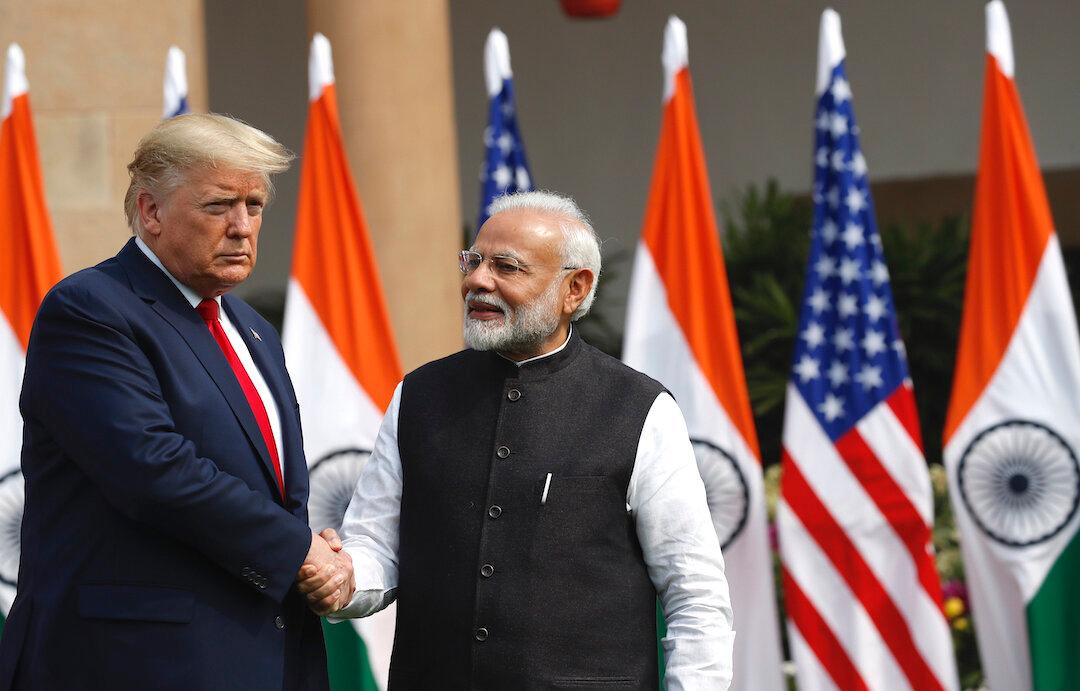The stasis on the India–China border is setting in motion closer relations between India and the United States as well as the emergence of India as more of balancing power in relation to China, experts say.
India’s defense establishment hosted a high-level meeting on Aug. 22 to discuss the stalemate between the Indian and Chinese militaries on India’s western border.





